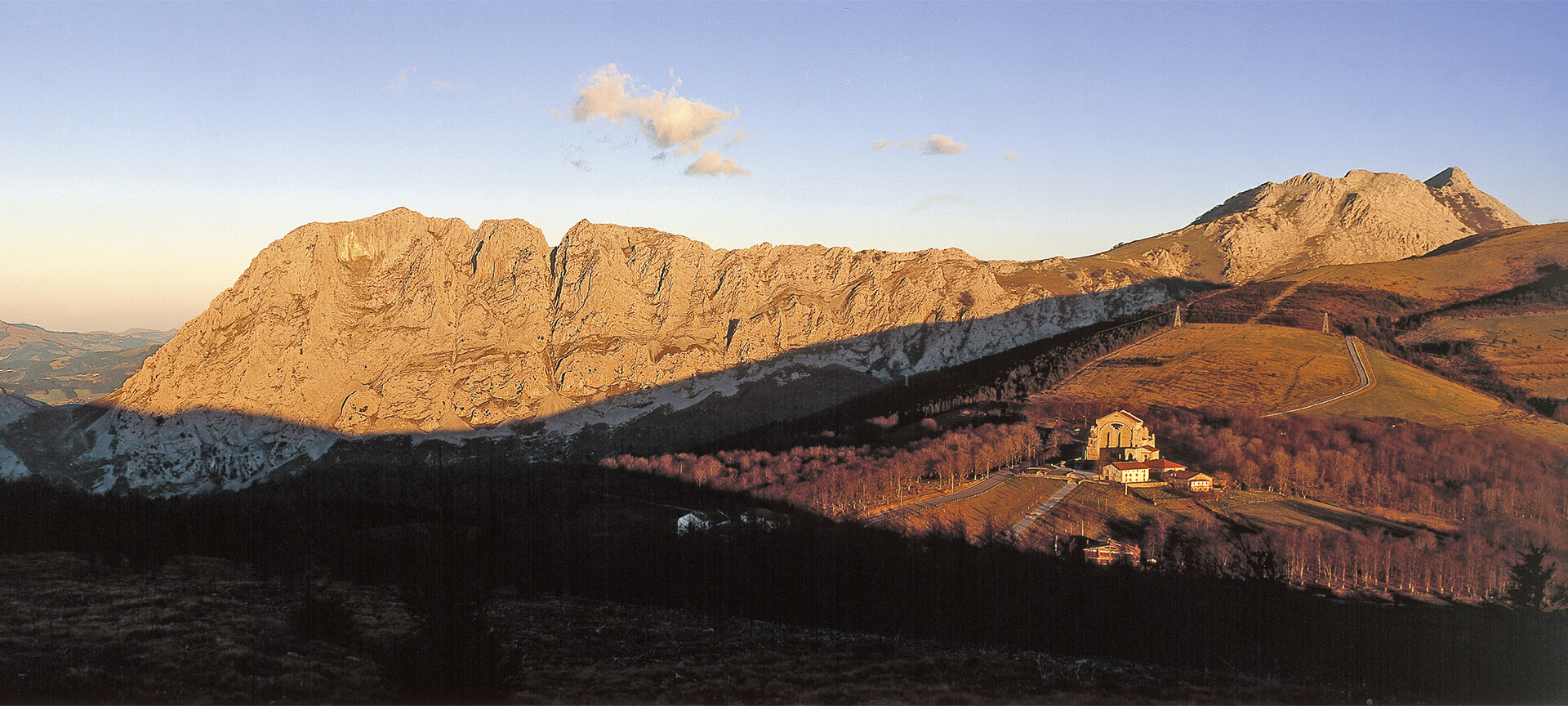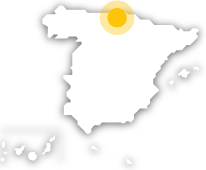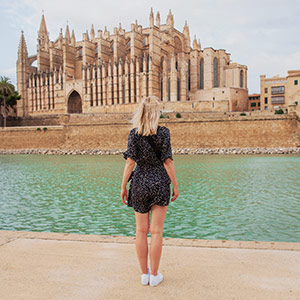
Urkiola Natural Park

The legends of Urkiola
The surroundings evoke mythological beliefs, tales, and legends, which are abundant in Urkiola, so much that they have even been taken into account in its designation as a nature reserve.
It is considered one of the most unique ecosystems in the Basque Country. The area extends between the regions of Álava (15% of the region) and Vizcaya (85%).Located in the Duranguesado mountains, the most notable features are the ridge-shaped limestone formations, with sparse vegetation, in contrast to the lush forests in the lower areas. Its structure is marked by the Anboto and Aramotz mountain ranges, which extend in a northwest-southeast direction. The highest point in the park is the Anboto summit, at 1,331 meters above sea level.Human settlements date back to prehistoric times and today, the area is dominated by livestock farming and forestry. It is important to highlight the importance of legends and mythological and, later, religious beliefs in this region, to the point that they formed an important basis for the criteria that led to the creation of this natural park, along with the historical evolution of the area and the appreciation of the landscape.
Debe activar Javascript para poder utilizar este servicio
Urkiola Natural Park
Toki Alai Interpretation Centre
Barrio de Urkiola, 8, a 300 metros del puerto de Urkiola (BI-623)
48211 Abadiño, Bizkaia (Basque Country)
Bizkaia (Basque Country):
- Abadiño
- Amorebieta-Etxano
- Atxondo
- Dima
- Durango
- Izurtza
- Mañaria
- Aramaio
Araba-Álava (Basque Country):
Activa JS
What you need to know
-
Cultural information
At the reserve, you can visit Santos Antonios Shrine, in Alto de Urkiola; the Hermitage of Santo Cristo de Atxarte, cradle of legends about the lamias (mythological river beings, half-woman, half-animal); and, outside the protected limits, the Museum of Art and History of Durango, situated in the centre of town.
-
Environmental information
Its fauna includes wild boars, hares and the common vulture, which can be admired from observatories set up for this purpose. With regard to the flora, the beech, oak, ash, holm oak and Atlantic heath stand out. In terms of landscape, there are very interesting places such as the Balzola Cave or the Jentil Zubi natural bridge.
-
Information for visits
Additional information can be obtained at the Toki Alai Information and Interpretation Centre, a farmhouse with numerous educational resources. It is located next to the Urkiola mountain pass, which is reached via the BI-623 road that runs from Durango to Vitoria-Gasteiz.

